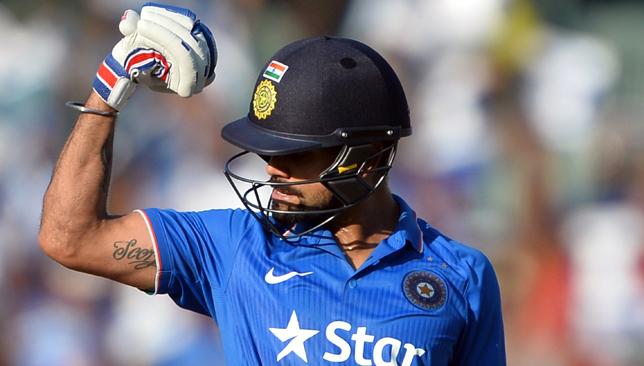
A few South African fans had hoped that their team would somehow manage to block the Indian bowlers on the final day of their India tour, the same way they did on Sunday.
The Proteas are the masters of battling out draws from precarious positions and their fans couldn’t be faulted for hoping for the same in the Delhi Test.
But in the end, it was the Indians who followed the script and came out victorious after a stellar bowling effort on a tiring fifth day wicket.
The Indian team had registered some brilliant victories in the recent past, with wins in Perth (2008), Durban (2010) and Lord’s (2014) some of the most memorable.
– INSIDE STORY: Sharjah Stadium still going strong
India had to battle difficult circumstances in all those matches and they turned the tables in superb fashion, proving that they can win matches in any condition.
But those were one off wins. It’s only now that they have started to string together a bunch of meaningful results.
It started with the grit they showed in Australia before the start of the World Cup, fighting on equal terms with the hosts in all matches. They lost that series 2-0 but full-time skipper Virat Kohli and the rest of the team grew in confidence.
The series win in Sri Lanka was a huge boost for Kohli’s captaincy and India’s bowling, along with their bounce-backability as the team was 0-1 down.
But the true test of the character was against the No1 team in the world at home, especially after the South Africans had won the preceding limited overs series.
India is now 2nd in @icc test rankings #SA juggernaut of overseas victories has been stopped! Congratulations @imVkohli n team!
— Mohammad Kaif (@KaifSays) December 7, 2015
Critics attributed India’s wins in Mohali and Nagpur mainly to the nature of the pitches. But even those critics will agree that India’s efforts in the Delhi Test, where South Africa tried to dead bat every single ball, has to rank among the finest bowling efforts in recent past.
In all, the South Africans batted for 143.1 overs and ended up with a run rate of less than one. To get 10 wickets when the batsmen are in such a mood is a remarkable feat, more so because the pitch was nowhere close to being a raging turner.
It’s here that Kohli’s captaincy shone through and set itself apart from that of previous skipper Mahendra Singh Dhoni.
The wicketkeeper would most likely have given up hopes on the fifth day, as he did in 2011 when the Indians didn’t go for the target with 86 runs needed in 15 overs with seven wickets in hand against the West Indies.
But Kohli didn’t take his foot off the pedal for a single session, pushing his bowlers to attack at all times.
That Ravichandran Ashwin and Ravindra Jadeja took the bulk of wickets in Delhi didn’t come as a surprise.
However, the wickets snared by Umesh Yadav and Ishant Sharma came as a breath of fresh air as for the first time in a long time, Indian fast bowlers had outgunned a traditionally superior pace attack on a fairly decent wicket.
The 3-0 winning margin, 31 and 23 wickets by Ashwin and Jadeja, twin centuries by Ajinkya Rahane are of great significance.
But what the Indian team management will be more pleased about is that when the going got tough and there was not a lot of hope of victory, Kohli and his boys upped the ante and clinched victory while playing attacking cricket.
There is nothing more one can ask from a young Test team.